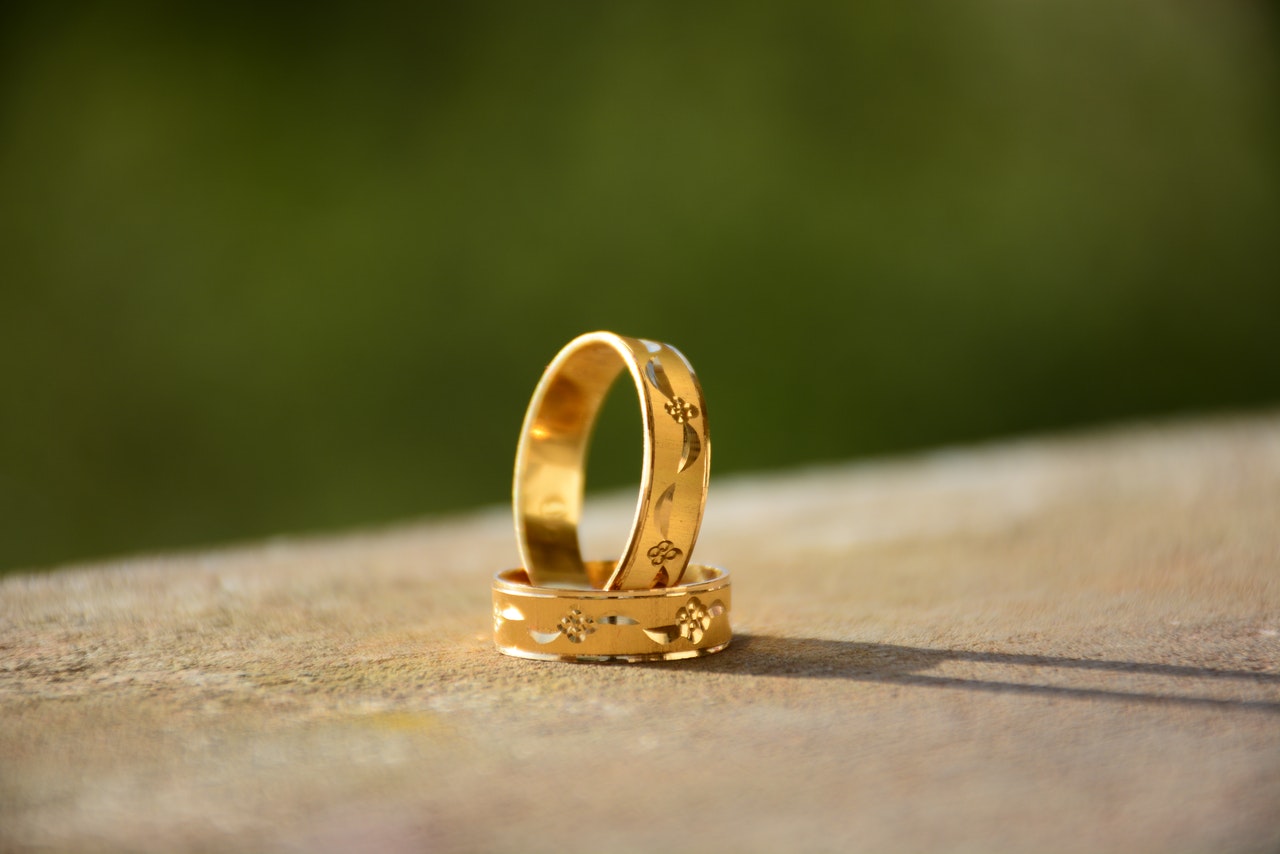Engraving is one of the oldest artistic practices still in existence. Before the invention of photography, engraving was the preferred method of image reproduction in mapmaking, book and magazine publishing, and printmaking. Artisans also utilized engraving for artistic purposes. While engraving isn’t as prevalent today, with patience and the right tools, anyone can learn how to engrave elaborate designs on a wide variety of materials.
Engraving today
Traditionally, this method was done by hand on precious metals such as gold and silver. However, specialized machines have allowed artisans and entrepreneurs to process material on a commercial scale. Hand engraving is a time-intensive process and is only sustainable in the small-scale and cottage industries. If you’re looking for personalized high-end bracelet gifts for women, chances are it’s been engraved by hand.
Where to begin
Beginners should practice on soft metals like tin and copper before working with more precious materials. It’s also smart to start with simple projects before moving on to bigger and more resource-intensive projects.
Anyone with talent and determination can start with simple engravings using basic tools such as craft knives or drawing compasses. It can be done wherever the person feels most comfortable, such as their home or personal workshop. However, these tools afford the user little control and should not be used for more complex designs.
The next step
Using specialized engraving tools, a beginner can create intricate patterns and designs on a wide variety of metals. The most important tool in the artisan’s toolkit is the graver. It is a sharp steel tool with an especially shaped edge used to create furrows on the surface of the material. Gravers are available in many shapes to allow people to create different effects. The flat-sided and V-shaped graver are some of the most popular types.
Beginners can start with the hand-push technique in which the graver is put in a specialized holder held by the hand. The material is then positioned on a rotating vice. The engraver keeps the tool still while wheeling the vice to feed the metal towards the tip of the graver. By utilizing different graver designs, changing the angle at which the tool is held, and varying the applied pressure, lines of different shapes can be created.

However, when engraving by hand, the hand rotating the vice must be positioned far from the engraved object. There is a high risk that the engraving tool can slip and cut or stab the hand. Some people use the graver tool similar to a chisel and driving it with a mallet or a hammer. A vice will still be needed to keep the object in place while it is being engraved.
Computerized engraving
Some artisans make stencils to apply designs of varying intricacy and complexity to metal objects. Stencils allow people to personalize objects such as plates and cups and even weapons like guns and knives. The stencils can be drawn by hand or designed on a computer. Once the design has been chosen or completed, it is then printed out on an adhesive material for application on the object.
Once the stencil is on the object, one can use a computerized tool to trace the main contours of the image on the surface. After tracing the contour, the stencil is then removed and fill in the gaps in the outlines. Other people are satisfied with the simple contours and don’t engrave any further.
The bottom line
While computers and machines have allowed us to engrave materials on a larger scale, hand engraving will remain an in-demand skill for as long people value art and jewelry. Machine engraving, while fast, cannot produce the intricate designs that people look for.